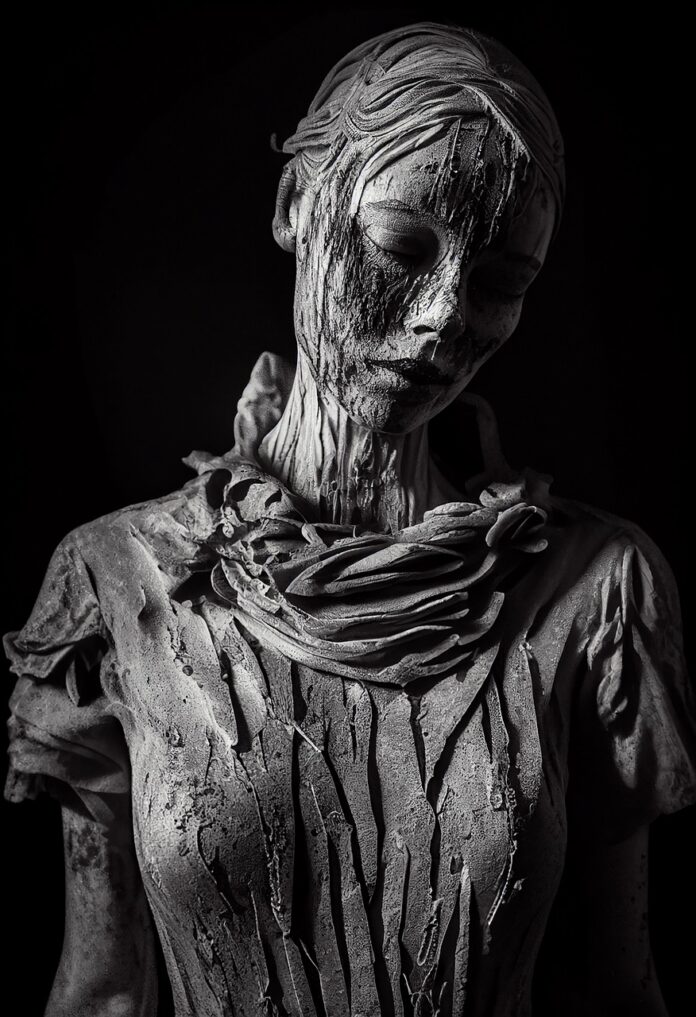Berenice is a short ghost and horror story by Edgar Allan Poe, published in the Southern Literary Messenger in 1835. The main character is Egaeus, who spent his childhood in books, and his youth daydreaming.
Visions And Obsessions In Berenice By Edgar Allan Poe
Egaeus is affected by the realities of the world as visions and dreams become part of his very existence. Berenice is his cousin, and they grew up together. At a certain point, Berenice becomes sick and suffers frequent epilepsy attacks. This physical condition disfigures her beauty and eliminates every trace of her vibrant glow, reducing her to a living corpse with livid, pale skin and no energy. Even though Egaeus and Berenice marry, their marriage will not last long. Egaeus’s monomania affects his mental vision of the reality around him, and his obsession with determined objects becomes unbearable. In particular, he becomes obsessed with her spouse Berenice’s shining, long, narrow teeth. He admits to himself: “I felt that their possession could alone ever restore me to peace, in giving me back to reason.” Indeed, Egaeus is determined to grab the only object of his ill admiration and mania.
The Objectification Of Berenice
Berenice by Edgar Allan Poe is a horror novel exposing a case of objectifying a woman’s body. Egaeus does not love his wife anymore and does not feel empathy. He cynically gets what he wants from her body, grabbing the object of his distasteful desire. Egaeus depersonalises and materialises Berenice, identifying her as a simple body part: her glowing teeth. The memory of Berenice becomes a “fearful page” in Egaeus’s life. He remains impressed by a sentence by the poet Ebn Zaiat in a book he finds on his table declaring: “Dicebant mihi sodales si sepulchrum amicae visitarem curas meas aliquantulum fore levatas.” (My cohorts told me that if I visited my friend’s grave, my worries would be somewhat relieved.”)
Symbolism In Berenice By Edgar Allan Poe
At the story’s beginning, Egaeus is represented as an intellectual devoted to reading in his library, and Berenice is a beautiful and graceful woman “overflowing with energy“. Abruptly, the events of the story change to become a tale of mystery and terror. Indeed, as soon as Berenice becomes ill, Egaeus loses interest and love for her, and he considers her an entity to analyse and “the theme of the most abstruse although desultory speculation.” And simultaneously, Egaeus is affected by a strange monomania with trances periods, developing particular obsessions tormenting him. Whilst Berenice becomes dehumanised and mute, Eageus becomes mad and compulsive. Among the themes typical of Edgar Allan Poe’s stories are the death of beautiful young women, the burying of alive people, mental diseases, and trance conditions. This novel is rather gruesome and graphic, without any detailed description of the horrible and cruel act of Egeaus.
Berenice is the third novel by Edgar Allan Poe, which I have read after Metzengerstein and The Assignation. They are short gothic horror stories with shared features like mystery, death, murder, cruelty, psychosis, and gloomy and macabre ambiences.





